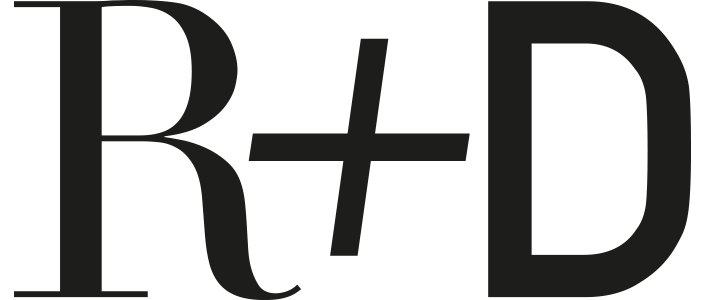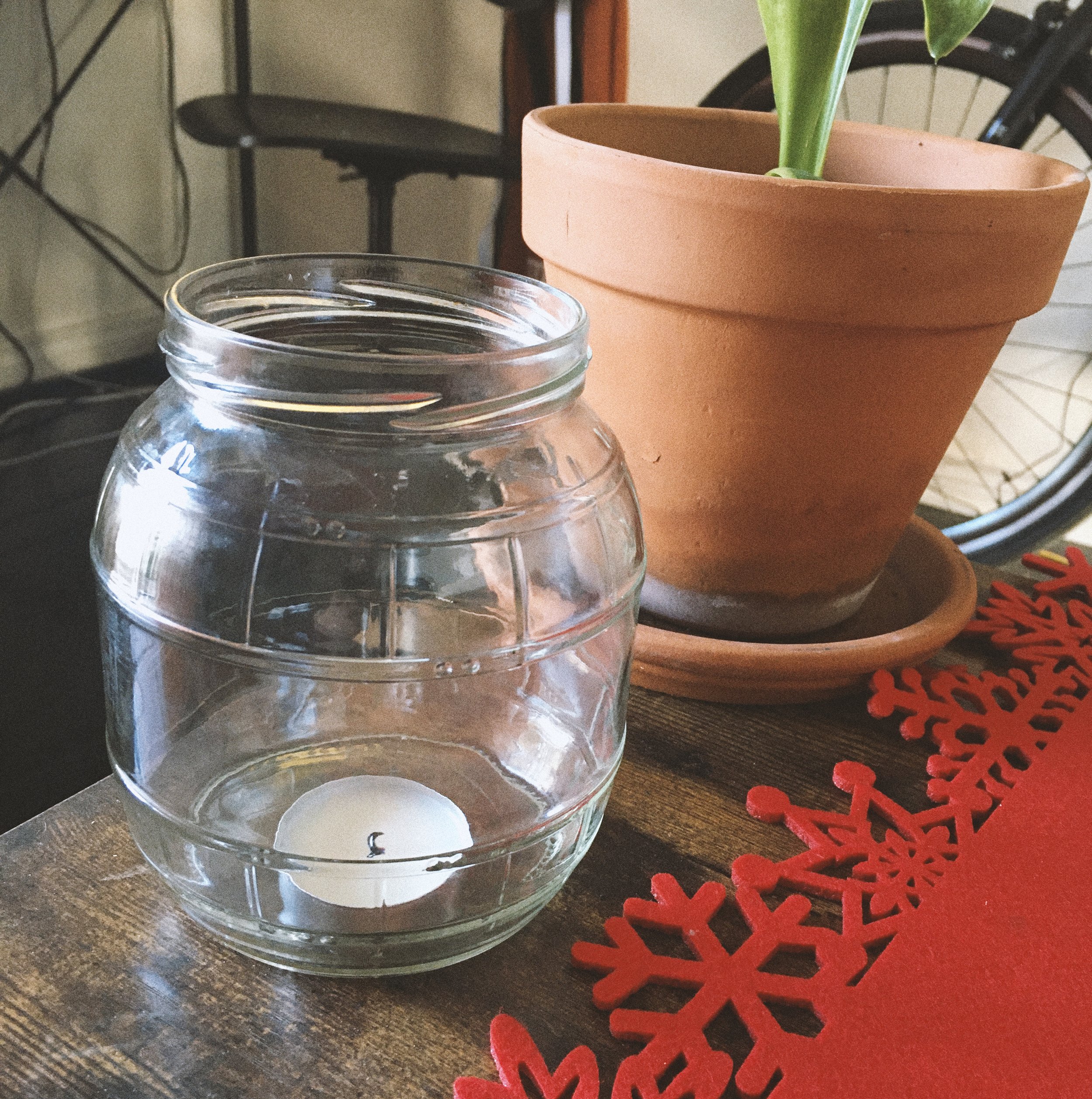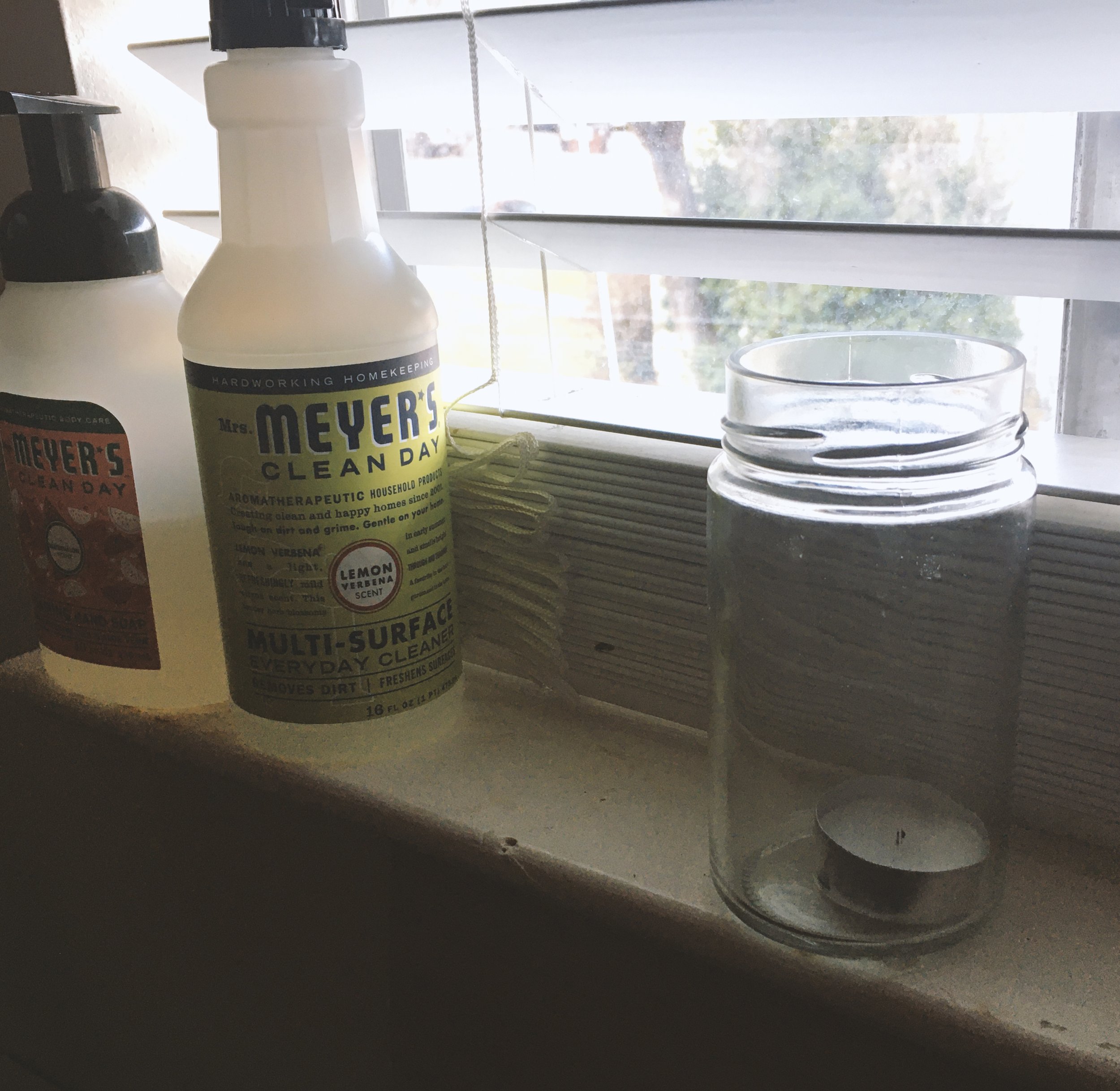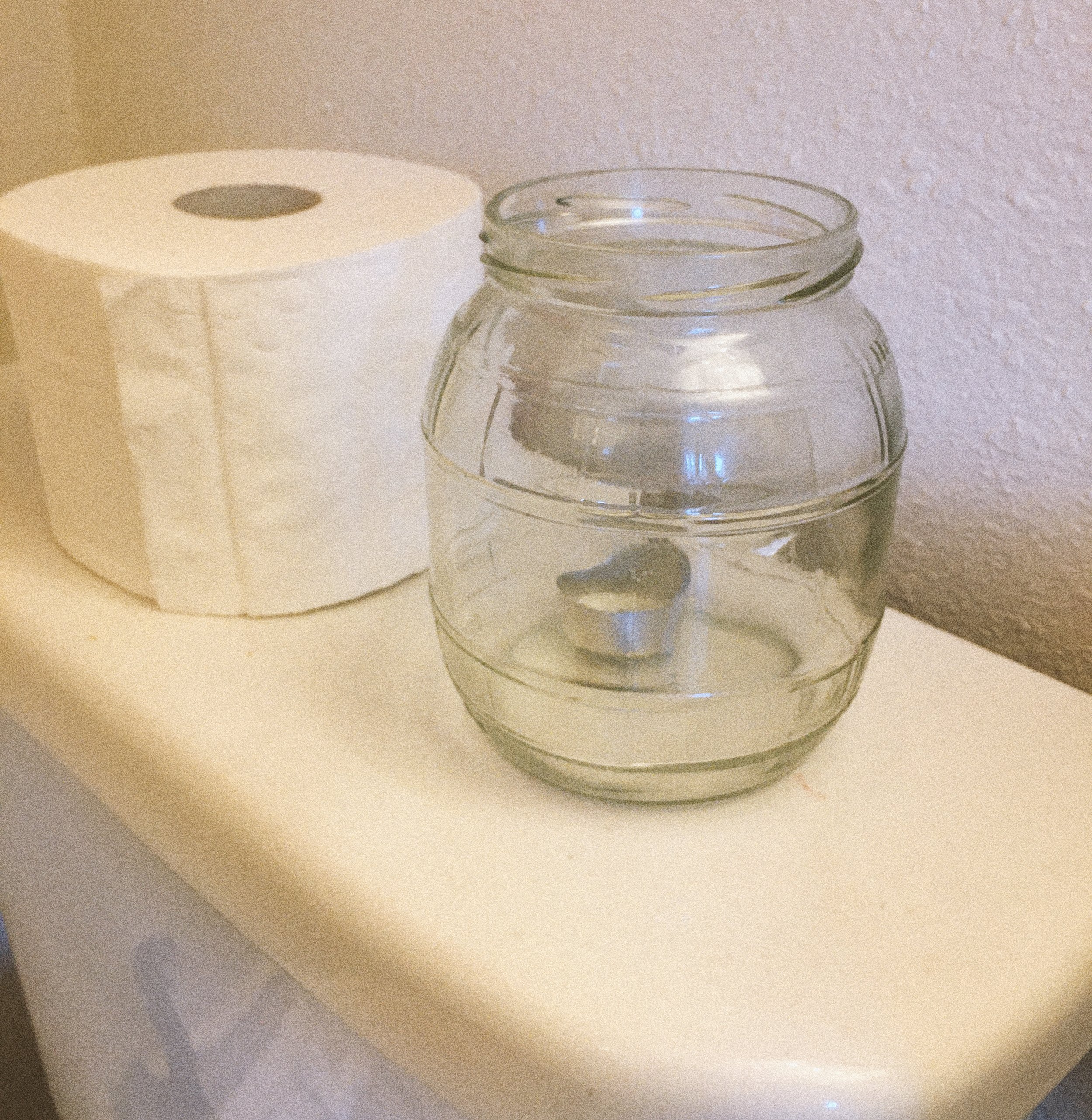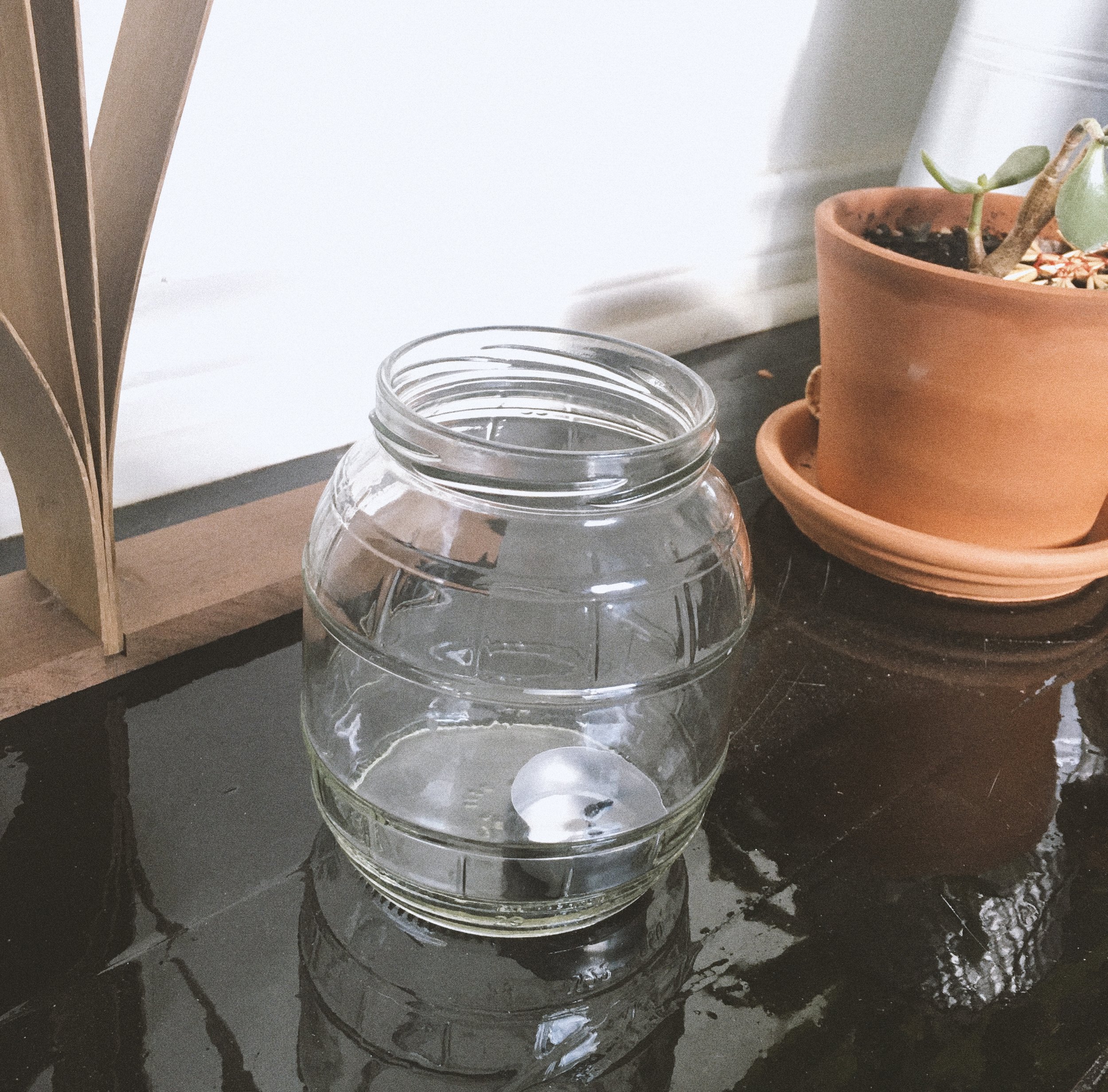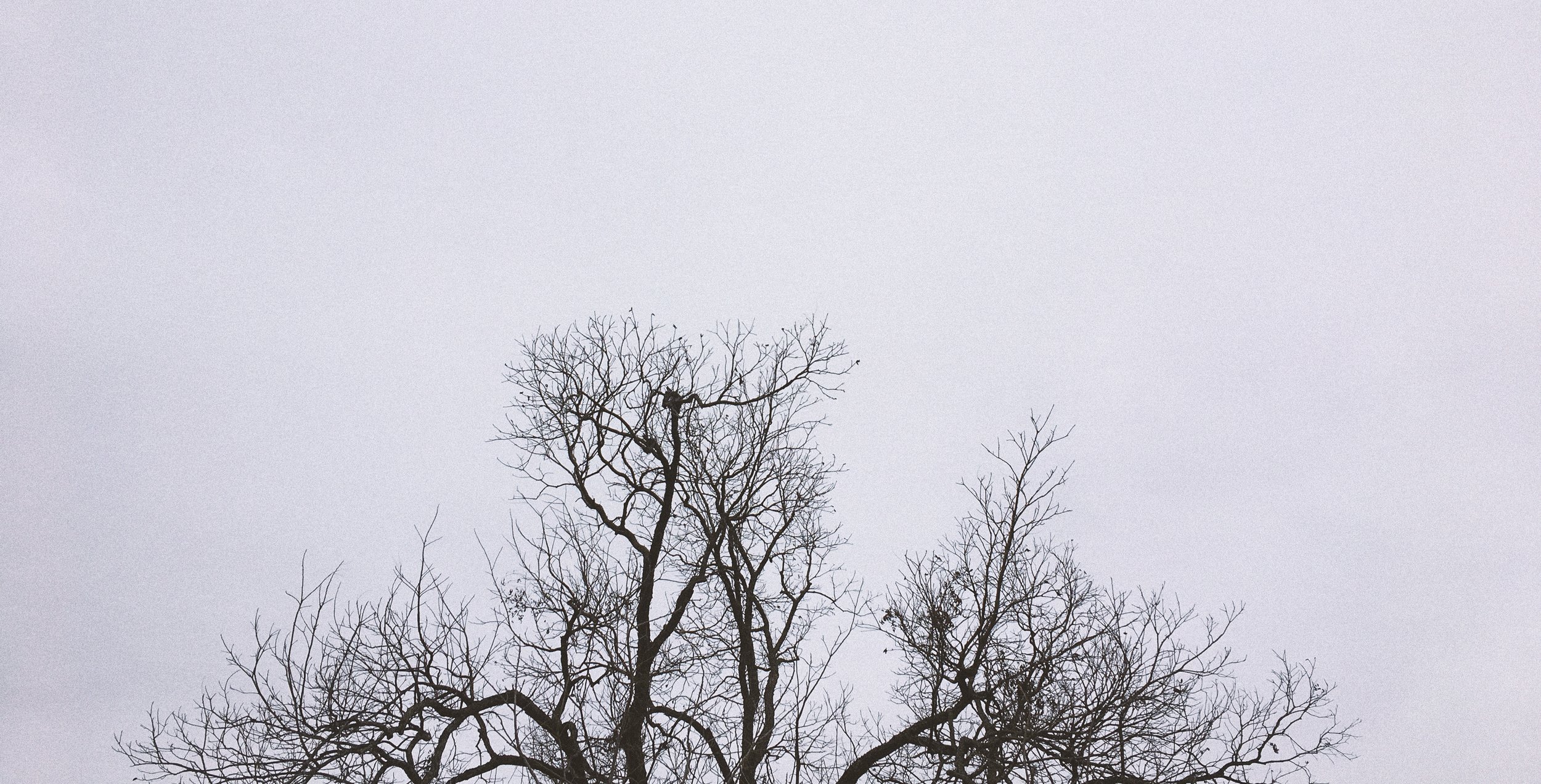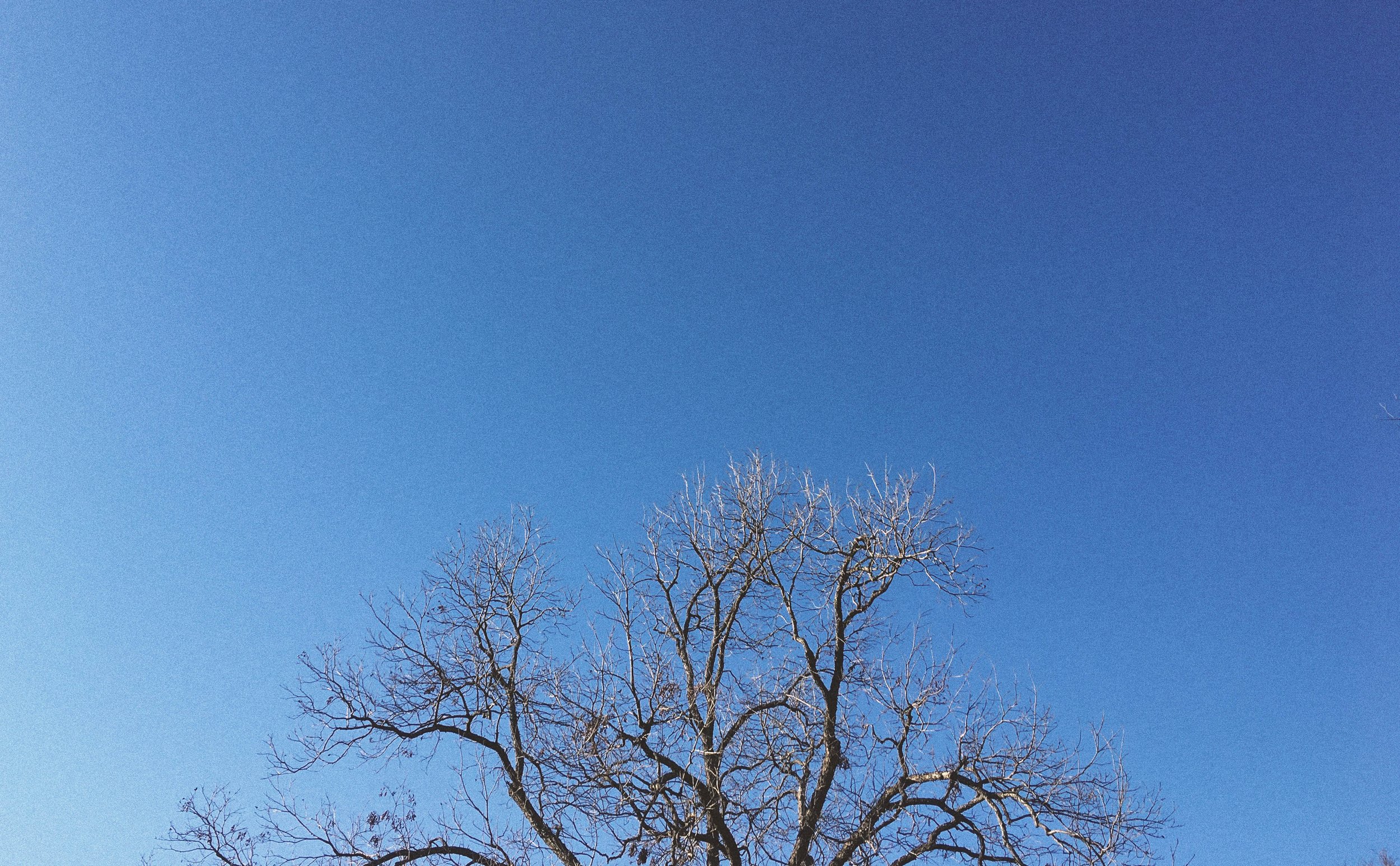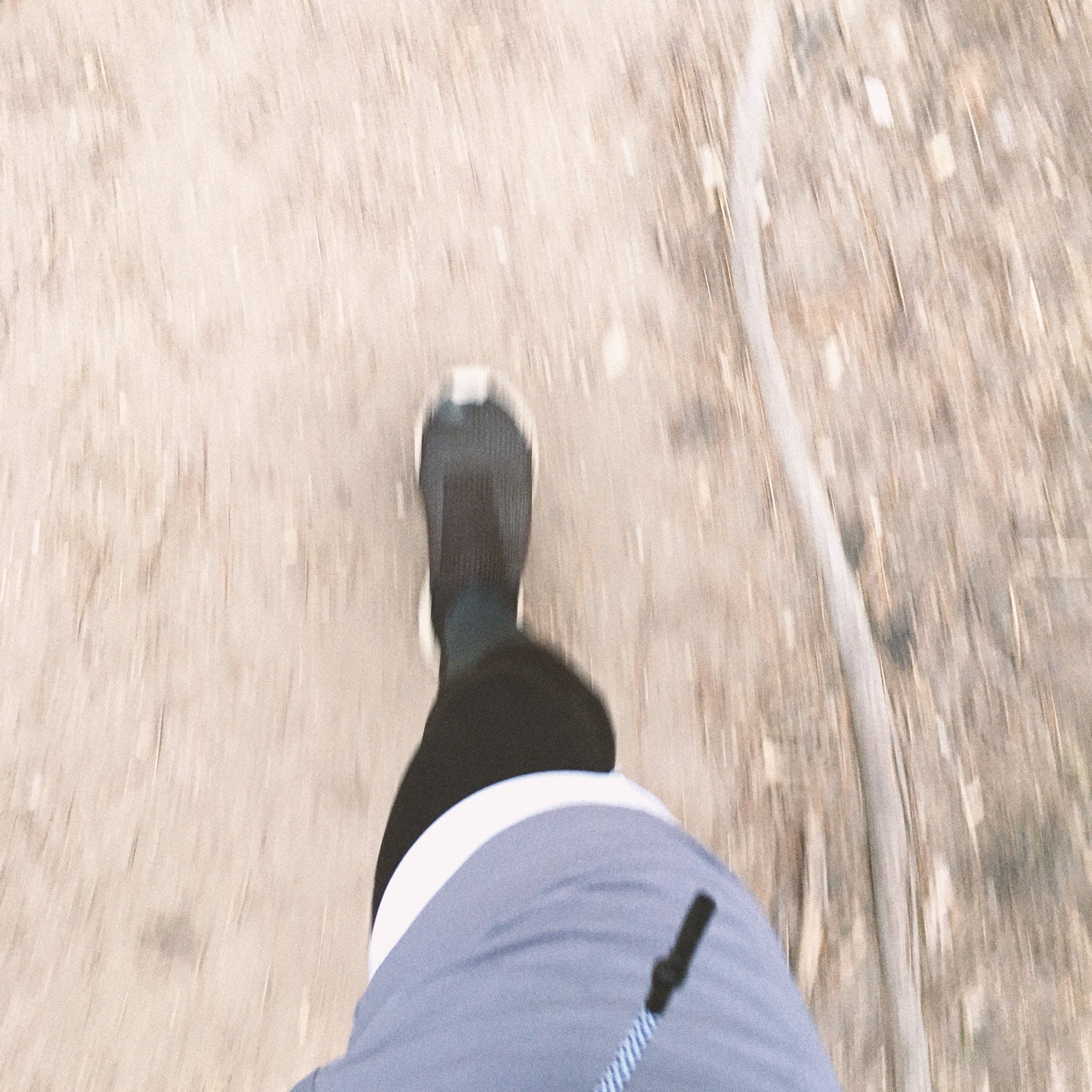“Clocks slay time... time is dead as long as it is being clicked off by little wheels; only when the clock stops does time come to life.”
How do our bodies exist and move in the plurality of tempo-realities we humans have created and are bound to? How do our conceptions of time and natural rhythms allow, refuse or demand certain behaviour?
This and many more questions fall under the explorations of Chronodesign - a term I coined combining the greek “chronos” for time ( for example also used in Chronobiology which is the study of natural rhythms) and Chronotherapy (the therapeutical application of circadian rhythms research) and “design” (to conceive or execute a plan).
Chronodesign interrogates the designed time - and how designed things impact the rhythms+time of existence.
Silly Little Me
A poem about the rhythms of life and how they can be constrained by the clocks relentless tick and tock.
2-5min
This is a short one. A poem about the rhythms of life and how they can be constrained by the clocks relentless tick and tock.
Time spins an abstract and rigid web.
Exact periods and infinitely repeating bells,
where a body squeezes and restlessly dwells.
So Time says - with confidence and authority:
"and this was then and later will be when.”
Meanwhile, silly little me,
is chasing a digit
1,2 and 3
only to find myself between it!
But Time says it clear:
”No time for wonder here.
You cannot be in between -
your exact time is 2:15 and 43 seconds
on June 19 of the year two thousand and the twenty second.”
”Its time”. Time says.
But I cannot help and listen to the speeding of my heart
or the dancing of my feet.
I cannot help but watch the colors of the day and listen
to the melodies of the night.
No wonder you say?
While you tick and tock,
chasing only yourself - I stop!
I let the rhythms expand while being content
with all the time I can hold and feel in my hand.
- CSI took a picture of my field of view for about two weeks every day at 2:15:43 and collaged them into one large illustration. The clock shouted the same tick and tock but the rhythms and colors of life changed.
Finding my rhythms
I wanted to start this blog off with a first hand description of the tools and techniques I used during my own journey of aligning my internal circadian rhythm with the external cues and Zeitgeber.
10-15min
Abstract: A first hand description of my journey to align my internal circadian rhythm to the external cues and Zeitgeber.
It’s three a.m. in the morning and I am only starting to get tired.
I don’t mind. It’s winter break and I can plan my days and nights however I please. But. January is right around the corner and I know soon I will have to synch up to social time again in order for me to engage effectively during my final semester at the University of Texas at Austin and for my role as a GA at the Center for Integrated Design.
In early January of 2022 I am finding myself in a sleep wake cycle that has shifted heavily towards late nights and late mornings. In terms of chronotypes I am a late evening type, a night owl or a wolf (Michael J. Breus PhD, The power of When). All of the above mean that physical and mental activity is shifted towards later in the day and the evening, and that the sleep and waking happens later than with the other types and that sleep need can be higher than for the average individual.
Over the last years I have gained an understanding of my proclivity to be active late and to experience creative outbursts towards the evening hours, but now before the spring semester begins I wanted and needed to shift my sleep wake cycle forward again - towards more socially appropriate hours (more on this in later posts).
I have been interested in the topic of chronotypes and circadian rhythms in one way or another for a few years now. This introspective desire to understand me and my body’s workings started with the realisation of my introverted nature while reading Quiet by Susan Cain, on a train ride through Spain as a young twenty something. From that realisation I dabbled with Meyers Briggs tests, other personality type tests, read a lot of books ranging from topics about the brain to skill acquisition and psychology to gain a better understanding of myself and also, to gain a permission to be that way - whatever way that may be.
So that is what this all is about in a sense and I wanted to start this blog off with a first hand description of the tools and techniques I used during my own journey of shifting my circadian rhythm from 3 am bed times to 8am morning runs.
Let the Journey begin!
Its Monday the 10th of January 2022 and my alarm rings at 8:30 am. Snooze. 9.am Snooze. 9:45am. Snooze. 10:30. My eyes are opening slowly. I look at the time on my phone and I am a little frustrated with myself but also shrug it off again right away because I learned that being angry with myself doesn’t do me any good either. But, this snooze debacle made me realise I needed more powerful tactics than telling myself “I will wake up and get up when the alarm rings“. Because when the body wants to sleep it will get its way and makes itself heard - eventually! So I ventured out and got some tea light candles. Yes, you read right.
I reduce artificial light in the evening hours.
This by now, is well known and most people interested in sleep understand that digital screens and strong artificial lights at night will disrupt the sleep drive. But it is one thing to know and a totally different one to do. I found candles help not just with reducing artificial light but also help build a habit and ritual around light consumption at night. The physical engagement with light through the scratching and hissing of a match, the smell, and placing the candles inside reused mason jars helps one to understand that it’s time to rest. In total I will place about five tea lights in jars around my flat. They are located at somewhat strategic points and low in my visual field. As far as I am aware, there are two reasons for this. First, you don’t want to trip over anything and second, it has been shown that light coming at your eyes from low angles will cause less activation in the photosensitive cells located in your eyes (link to Andrew Huberman Podcast Episode #2 - look for minute 51:15) And you don’t want activation of these cells at night because the ipRG Cells (intrinsically photosensitive retinal ganglion cells ) have a direct link to the Suprachiasmatic Nucleus where your biological and circadian clock is located.
A peculiar evening sky in Austin, Texas with a seemingly split sky.
Note here: Over the course of the blog I will describe special terms closer and link the relevant research literature for you to dive deeper into. I will do this all to my best ability - (disclaimer) its important to note here as well that I am a curios Designer and not a Chronobiologist, Neuroscientist or other type of scientist. I am interested in applying the relevant research to my field of design and to my life. I and my explorations are guided by design questions such as „How might we design better products and systems that don’t exploit a person’s time and rhythms but align and synchronise them to the wider world and society“
I get unobstructed natural light after waking up
This is a difficult one. At least for me and especially during the first few days of the shifting process. Its Tuesday and the second day of my journey. The night before I enjoyed candle light at night but still had trouble falling asleep before 1 am. Nonetheless I got up at 8:30 and put on my walking gear and headed out into the fresh air. The cold on my cheeks, clear blue sky and a smell of morning surrounded me. It took me only a few minutes to feel somewhat awake and fresh. It was my first real day of getting up earlier so I decided to go for my regular walk which features urban nature and water. When looking up into the sky and letting the light rush into my eyes I believe I can feel my body wake up and figuratively feel the sunlight rushing through my veins. I know this is not the case, but I like to envision the bodily sensations that I receive in this way. The point of getting natural light into your eyes after waking up (link to Huberman Podcast Episode #2 - look for minute 42:00) is important because of lights function as a Zeitgeber of your circadian clock. Zeitgeber translates from German to time-giver - which describes an external cue or influence that is used by your internal circadian clock to entrain itself to the environment. Because what is most important for an organism is to be aligned with the external cycles of the world.
When I am drifting into ever later eveningness during holidays or time off, which is primarily accelerated through the use of technology and artificial light and screens at night, its not that I am thrilled about it. There is a natural eveningness that I have and don’t want to change and bend, but me being a night owl, opens the door for an exaggeration of my eveningness by the use of digital technology. I don't mind drifting into this extreme state from time to time but I know it is just an amplification of my natural tendency through the over use of digital screens and artificial light at night. Our bodies are adaptive systems that have learned to adjust and adapt to different environments over the course of human history and if my night time environment becomes dominated by light and screens and creative work my circadian rhythm will adapt. But our circadian systems also evolved around a pronounced light dark cycle caused by the earths rotation around its axis and seasonal changes because of earths orbit around the sun. The body allocates different important functions around this circadian timeframe but also activates different genes according to the varying seasons. It was an important insight for me to understand that the internal circadian cycles are entrained by external cues, such as digital screens and that my master clock should be well aligned to the cues of the natural world for my optimal health and well being. I
I try to get all the Zeitgebers involved.
Here I build upon the previous step. The following day, instead of walking again, I decided to run. Light is the primary Zeitgeber and works through the light entering the eye. But there are others that help entrain the circadian clock. The clock that is located in the SCN in the Hypothalamus is just the master of many, many peripheral clocks located in most cells and organs of the body. There are other important clocks that have their own rhythm (ideally aligned) and that can somewhat detach from the master clock. One such clock is located in the liver which gets activated when we eat. Jet another Zeitgeber involves movement and that’s why I also add a refreshing run to first light at morning. I am not one for plain jogging but like to mix it up. Somedays I will do different movement exercises like side shuffling, single leg jumps or short burst of moderate intensity sprints. On other days I might just walk for a longer time and even others I just run. Usually I would end the run with some bodyweight work outs. But the important bit for me here is the movement under natural light.
Not so unobstructed but my walk features mostly clear skies.
Circadian Rhythm: Circa = about, dia = day
Chronobiology = the scientific study of biological rhythms
Chronotype = genetic disposition towards either morningness or eveningness
Zeitgeber = environmental cue that the body uses to entrain to external cycles
iPRGC = photosensitive cells in the eye that are connected to the SCN
Suprachiasmatic Nuceleus (SCN) = where the circadian master clock is located in the brain
LEO = Light entrained oscillator (light being the external cue that guides the circadian rhythms)
FEO = food entrained oscillator (food being the cue that guides the circadian rhythm)
I will try to be exposed to natural light throughout the day.
Thats another point that might not be so easy to adhere on a regular basis but I am making an effort to at least sit close to a window where the light can enter or I take brakes from work and study while being outdoors. But even a window pane can significantly reduce (look for minute 43:55) the light entering your eyes. So going on regular and refreshing five to ten minute walks will help me to stay active and get up from my chair and ensure I am regularly exposed to natural light. If my days are busy and I need to stay sedentary for work or zoom classes I will make an effort to at least catch the last sun rays in the afternoon/evening. Similar to the blue & yellow light in the morning that has a special effect on our circadian clock, so does the blue & pink light in the evening. Getting a 30 minute walk or low intensity exercise at sunset is important to initiate the evening period of my day. When I am coming back from my walk or low intensity bicycle ride at this time of the day I try to keep lights switched off and start my candle ritual. My screens will all be nightshifted and at low brightness at this point to gradually guide myself towards the night.
Throughout the day a decent amount of light enters my work space, but its usually still in the low range. At the time the picture was taken at 6pm I recorded 55lux (Lightmeter App for smartphones) while the screens showed 260lux (right) and 130lux (left) - so, time to turn down the brightness!
I pick a pattern.
This last step refers to eating. Which is a whole topic in of itself but which I want to touch on here briefly because it is an important part of my personal shifting process and journey. For a few years now I have been experimenting with intermittent fasting and low carb and ketogenic diets. Most of my days I follow an OMAD (one meal a day) pattern and others I break the fast a bit earlier around 2 -3pm in the afternoon. What I have noticed is that the OMAD works really well on days when I am busy during the day and less so when I am around the house. Temptations to eat something lurk everywhere. I also noticed that eating too late in the evening does not help my sleep efforts and I am usually eating my last meal (or first if OMAD) between 5pm and 6pm and no later than 7pm (this happens once or twice a week when I meet up for flag football practice or sports with others) I am currently in a privileged position as a student and had harder times adhering to such a protocol when I was working full time and over time. But I always try my best while slacking someday or another.
As mentioned above there are multiple Zeitgeber in addition to the primary one and food is one of them. Keeping my eating schedule regular and trying to stay within a time window helps my shifting journey.
Aiming for the alignment of the internal rhythms to the external cues
While writing this up I am finding myself on day eight at 9:39pm of my journey, candle light behind me, the screens night shifted and my eyes feeling heavy and sleepy. Last night I fell asleep around 10pm and woke up this morning at 7:30am. I believe my natural wake up time to be around 8am to 8:30am. I am currently pushing a 7:30 schedule because I am trying to see what the differences might be compared to a shift towards 8:30am in a few weeks time. This is an ongoing experiment, and I am learning about myself along the way. What works best or what might be too much is all a working progress discovery. Its important for me to understand that this is something where the work is never done. It requires a level of discipline which is sometimes difficult to muster, but the above actions that I have been taking definitely ease the process. What I don't believe is that one day I will find this silver bullet or technique that makes all my struggles with mornings and evenings go away. I have noticed over the last ten years or so that life always requires some effort and engagement and I decided to embrace it, and more importantly, along the way I learned to be gentle and patient with myself. I am just learning to live and find my rhythms.
I hope this has been useful and you learned something new. If you feel so, please leave a comment below and tell me about your circadian journeys and struggles!
Additional sources of Information and Research
The Matthew Walker Podcast, Author of Why we Sleep
Andrew Huberman Podcast Episode #2
Daniel H. Pink Author of When - The scientific secrets of perfect timing
Dr. Satchin Panda Author of The circadian Code
Michel J. Breus, PhD Author of the The Power of When
Jay C. Dunlap., Jennifer J. Loros, Patricia J. De Coursey Authors of Chronobiology - Biological Timekeeping
Russell Foster, Leon Kreitzman Authors of Circadian Rhythms: A very short introduction
